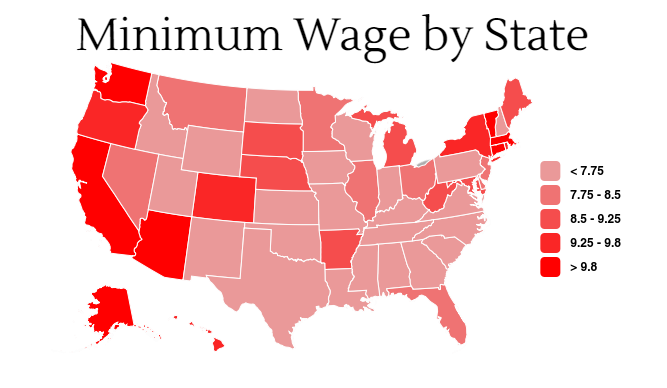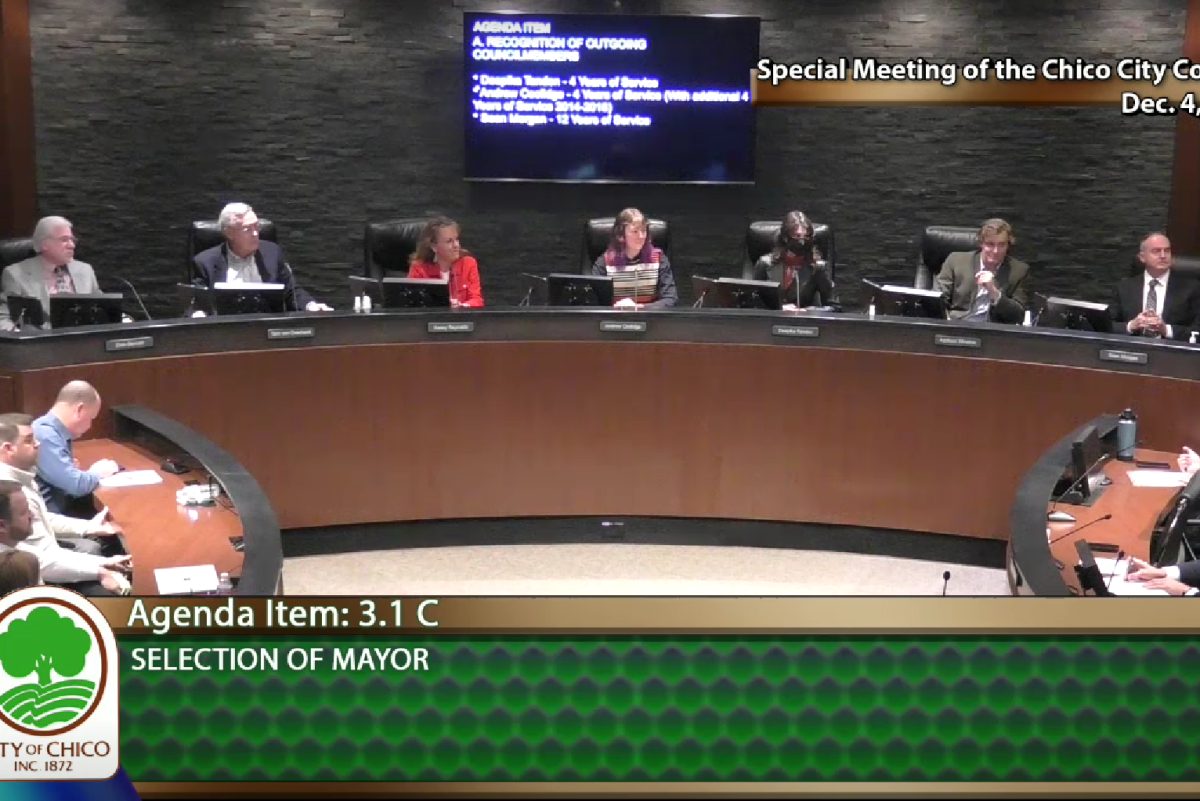Twenty-one states are taking steps to raise the standard of living for millions of Americans by increasing their minimum wage.
California and New York have established the most ambitious goal of setting their wage floor at $15 per hour. Each state plans to increase their minimums yearly. California is projected to reach $15 per hour by 2022, and New York, even sooner, with their goal being 2019.
In April 2016, Governor Brown of California and Governor Cuomo of New York, signed into law their plans to reach $15 as the minimum wage. California was careful to include off-ramps in their bill to, if necessary, delay the wage hikes to avoid any economic crises.
The inclusion of these safety measures are because of the many fears that come along with the increase. California’s state Department of Finance projects that a $15 minimum would increase costs for businesses by $4 billion annually.
Many lawmakers hold reservations about each bill, fearing that it would force employers to raise prices, and lay off employees to cut costs.
Some students have similar fears.
“I think it’s a horrible move. Minimum wage raising is devaluing the dollar. The prices will raise then the new minimum wage won’t cut it anymore anyways,” senior business administration major, Alex Swindell said.

Some businesses welcome the increase, thinking it will be a net positive for the community, but this optimism is temper by the rising cost of living which might force businesses to raise their prices.
“I think we will (raise our prices) a little bit. Definitely going to watch things and keep our pricing in check with the price of living,” said Dax Downey owner of Greenline Cycles.

It is also very possible that many part-time workers, in California, might not feel the benefit of this years’ increase. In 2017, the fifty cent raise only applies to businesses with 26 or more employees.
Student workers who work part time for a small business won’t see their pay rise, but could see their cost of living increase. Small businesses, of 25 or fewer employees, will have a one year lag on the minimum wage increase.
Full time workers at larger companies, who earn the minimum, will see a substantial increase to their income. Previously, a full time minimum wage worker in California, earned only $20,000 annually, but by 2022 they will earn $30,000 annually.
“I think it’s beneficial. I’m from Idaho, and the minimum wage is still $7.50. You can at least support yourself decently with California’s minimum,” sophomore business administration major, Miguel Leon said.

Twenty-nine states and the district of Columbia have minimum wages set above the federal floor of $7.25. Five states do not have a minimum wage, leaving 16 states with a minimum below the federal level.
The long term effects of raising the minimum wage will not be evident for several years, but California and New York will be the example of the effects of minimum wage laws for years to come.
Daniel Wright can be reached at [email protected] or @Danny_W_Chico on Twitter.









